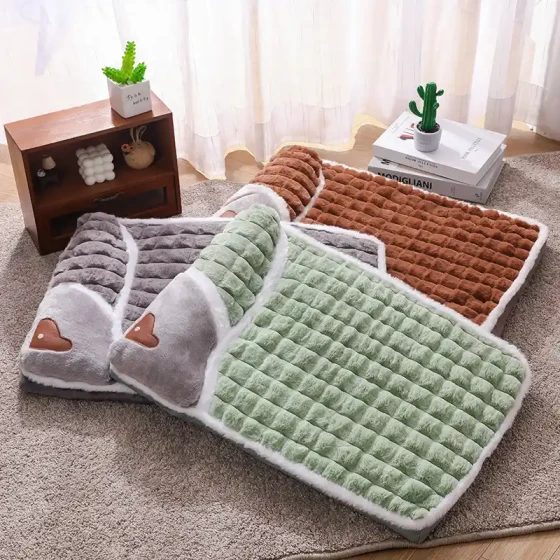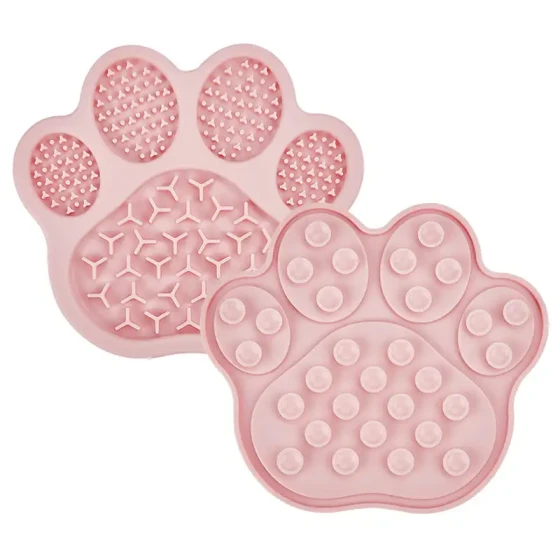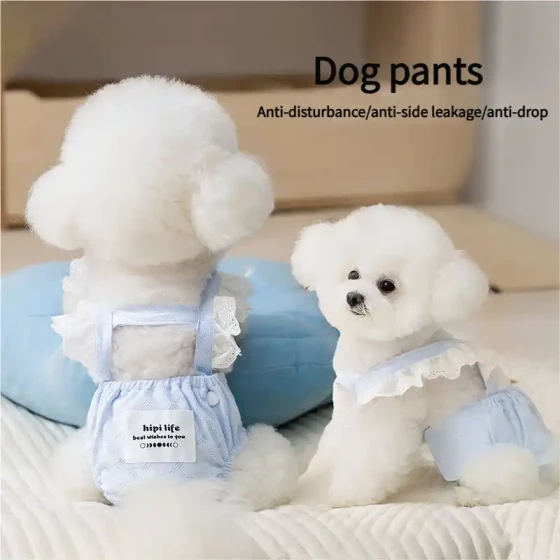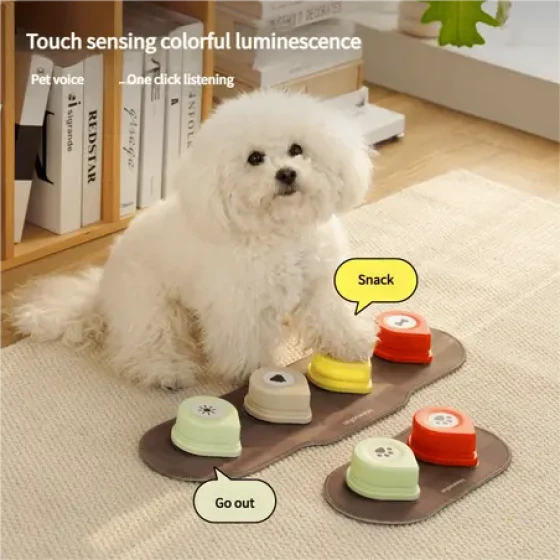What Does an Outstanding German Shepherd Hindquarters Look Like
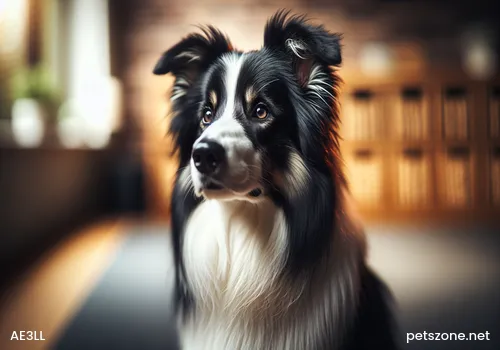
The quality of the hindquarters is an important criterion for evaluating a German Shepherd
Whether the German Shepherd's hindquarters are outstanding is very important in judging the quality of the dog. The hindquarters primarily provide the driving force or attack power for the dog; it can be said that the hindquarters are the most important part of the German Shepherd’s body in terms of their assigned tasks. Therefore, many people, when selecting a German Shepherd, have them stand still and then observe whether their hindquarters meet the standard.
The German Shepherd’s hindquarters are composed, from top to bottom and left to right, of the pelvis, thigh bone, lower leg bone, hock, and tail vertebrae. The pelvis is the root of studying the hindquarters of the wolfdog and the structural foundation of the hindquarters. Its accurate positioning can direct the forces generated by the movement of the limb bones and joints in the hindquarters towards the correct and favorable directions, so that the propulsion force generated by the hind legs’ movement can be fully utilized while minimizing the mechanical energy consumption during forward motion.
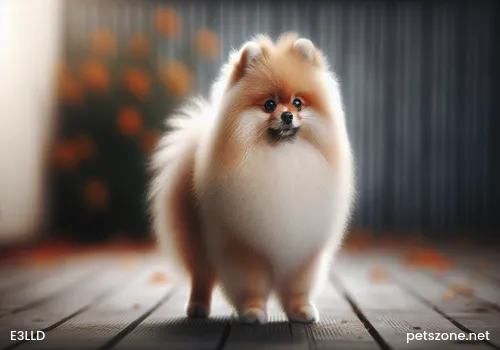
Ideal pelvis inclination angle
What is considered a standard pelvis?
The pelvis forms the base of the rump. Our requirement for the wolfdog's rump is long and moderately sloped, so the pelvis should also be long and moderately sloped. The pelvis length should be approximately equal to the length of the forequarter scapula; its inclination should form a 30-degree angle with the dorsal horizontal line, while the tail vertebrae group, serving as a bisector between the dorsal horizontal line and the pelvis forming the 30-degree angle, attach at an inclination of 15 degrees, creating a perfect rump.
The positioning of the pelvis is crucial because an excessively sloped pelvis causes the hind legs to step too deep during movement, limiting the rear thrust and directing the propulsion force upwards. This not only fails to fully utilize the propulsion force and wastes energy, but also causes instability in the back and lumbar region. Sometimes it also hinders the movement of the forequarters.
However, if the inclination is insufficient and the pelvis is too flat, the hind legs step too shallowly and raise too high backward during movement. The lifting force of the hindquarters is inadequate; although the propulsion impulse strengthens, the forequarters must bear more load. This movement, which overburdens the forequarters, consumes a great amount of energy, causing the dog to tire easily and not maintain endurance.
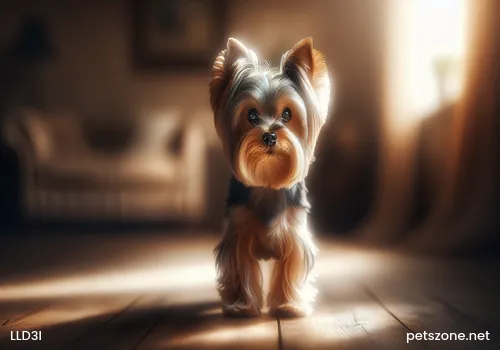
The standing posture of the hindquarters also affects the overall image of the German Shepherd
A pelvis positioned to standard gives proper placement of the hind legs, stepping into the middle of the abdomen, fully exerting the rear thrust, directing the propulsion force correctly, allowing the hindquarters to raise appropriately and fully transfer propulsion to the forequarters. The gait is smooth and does not hinder the fore limbs, laying the foundation for perfect hindquarters.
Next are the thigh bone and lower leg bone. Before discussing these, it is important to note that the muscles attached to the thigh bone must be broad, lean, strong, and powerful because they are the main source of power. Regardless of how standard the bone structure is, without rich, firm, and powerful muscles supplying power, the dog cannot perform effectively.
If the thigh bone is too long, exceeding the ideal length, the lengths of the thigh bone and lower leg bone are nearly equal, creating an excessively deep hind leg angle. Many people consider this deep-angle hindquarters attractive, but this thigh bone length does not balance well with normal forequarters. Theoretically, such hindquarters would produce strong propulsion, but in practice, this extra propulsion from the long thigh bone hinders the action of the front and rear feet. The gait flaws resemble those of a sloped rump, although exceptions exist when the dog is in excellent condition and strong enough to expend extra energy to balance the forequarters; however, this cannot be sustained long.
Good hindquarters have a significant impact on the speed and explosive power of German Shepherds. Therefore, in addition to innate development, paying attention to calcium supplementation to ensure bone health is also very important, especially for dogs of the German Shepherd’s build.
